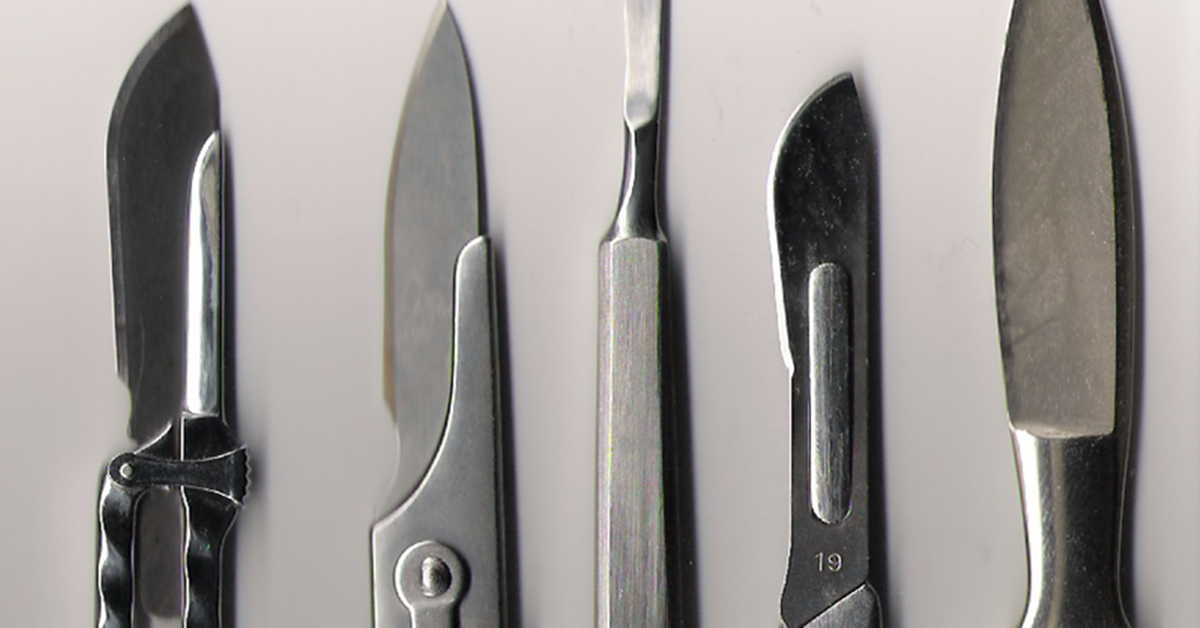Scalpel blades are also used in a variety of industries outside of the medical industry, particularly in manufacturing. These are used for precision cutting tasks, such as cutting materials for electronics, automotive parts and upholstery, textile, and other products. Here are some ways scalpel blades are used in industrial manufacturing: Electronics Manufacturing: Scalpel blades …
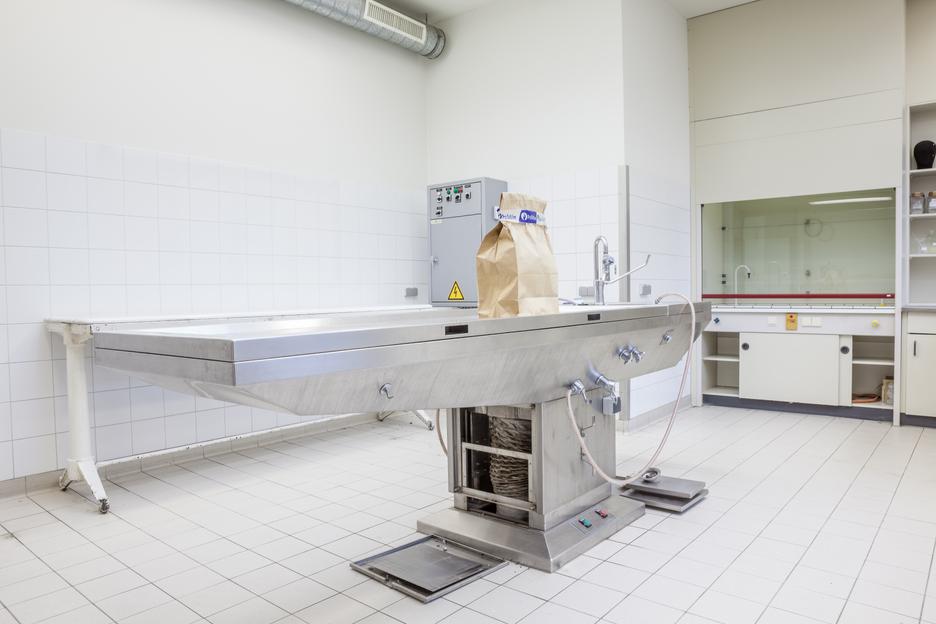
Medical Examiners: Risk of Injuries and Infections
Medical examiners, also known as forensic pathologists, investigate deaths if they are deemed unusual or suspicious. However, it is not always known at the time of death if the deceased has a bloodborne infection or virus. This is why all bodies should be considered as potentially infectious and standard precautions should always be adopted, regardless …
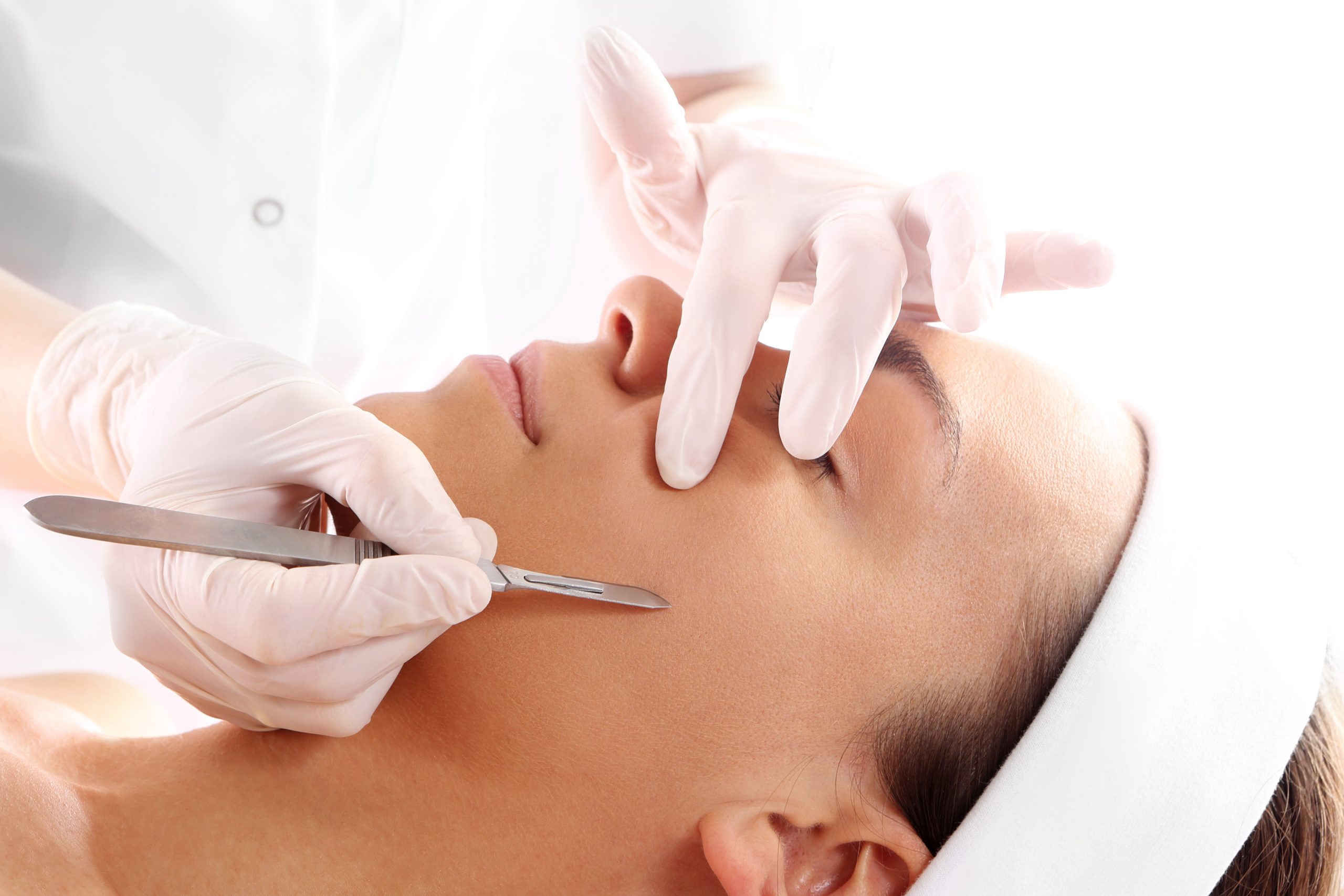
Skin Deep – Sharps Cuts in Dermatology
As dermatologists are often required to do operative procedures, sharps injuries occur and can have significant consequences. Sharps Injuries in Dermatology In a recent survey of dermatology trainees in London (United Kingdom), 70% indicated that they have experienced a sharps injury, with 13.3% of which were from a scalpel blade (1). Similarly, 85.1% of dermatology …
Continue reading<span class="screen-reader-text"> "Skin Deep – Sharps Cuts in Dermatology"</span>
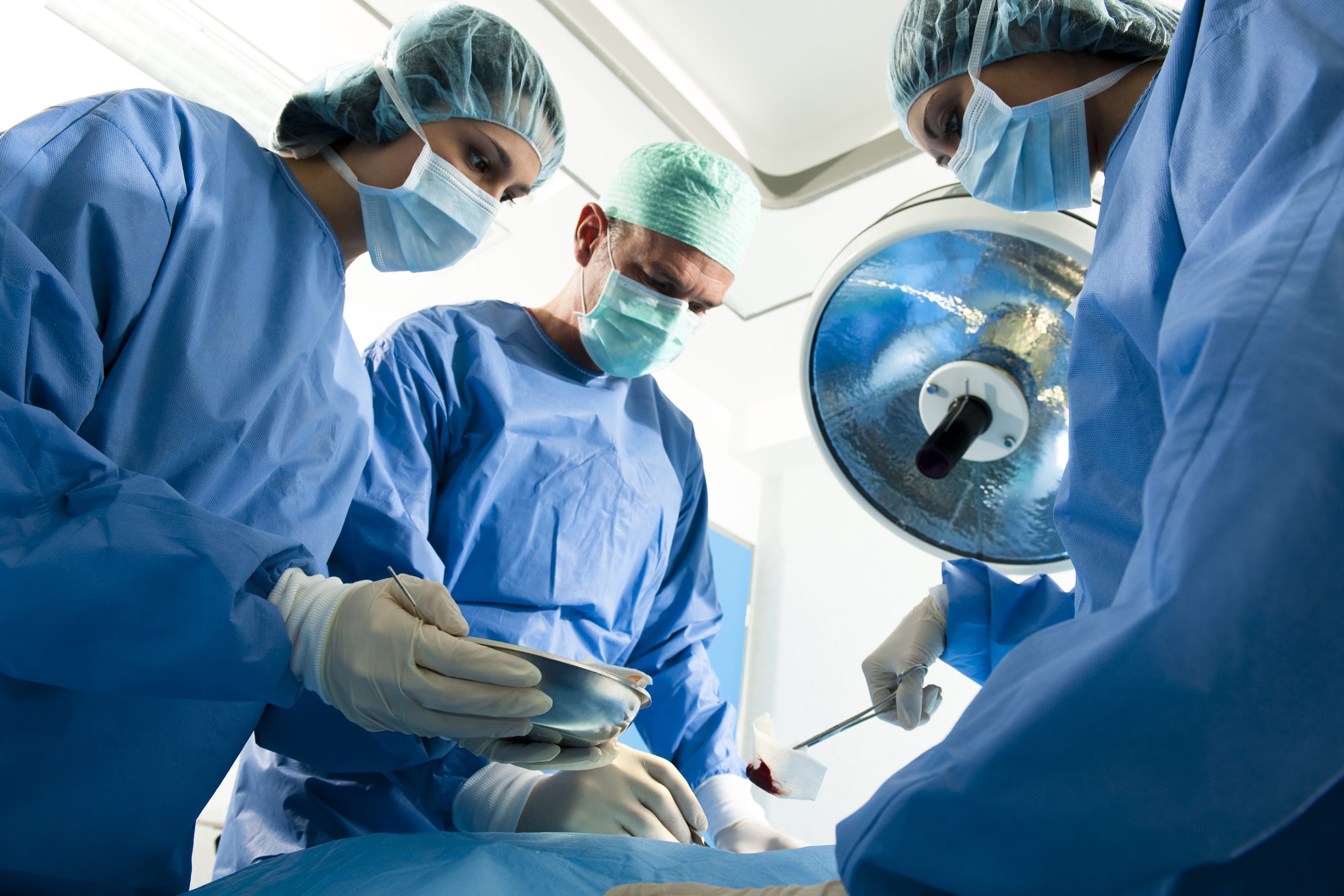
Sharps Injuries in the Operating Room
Sharps injury risks represent a significant area of concern in operating rooms. The Center for Disease Control and Prevention or CDC states that there are 385,000 sharps injuries to hospital-based healthcare personnel each year. 3,000 sharps injuries per year were reported from hospitals just in the state of Massachussetts alone. The greatest number of injuries happen …
Continue reading<span class="screen-reader-text"> "Sharps Injuries in the Operating Room"</span>
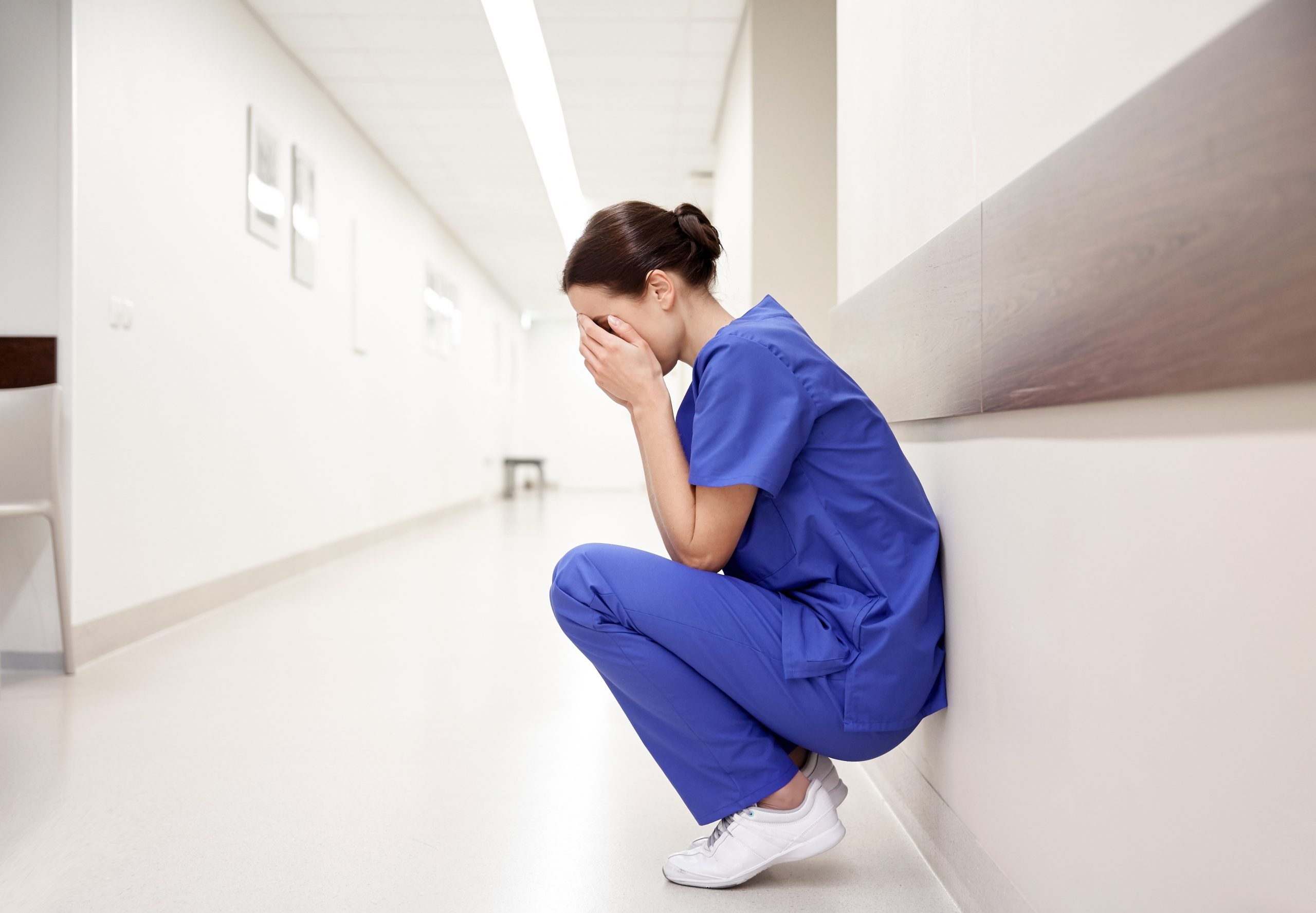
Sharps Injury Rates Rise During the Covid-19 Pandemic
Nurses feeling overworked and stressed with the surge of Covid-19 patients in hospitals and clinics have led to a 50% rise in sharps injuries in 2020. The survey asked 7,571 Royal College of Nursing members, of which 15% said they had suffered The most common causes include fatigue induced by the pandemic, low staffing levels, …
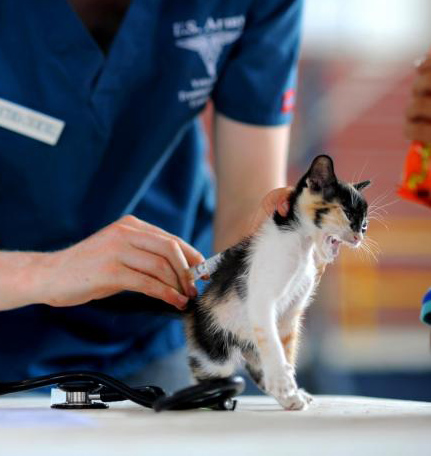
Veterinary Cuts: The Problem of Sharps Injuries in Pet Care
Sharps injuries are a worrying concern for veterinarians. A survey sent to members of the Veterinary Surgeons Board of Queensland in 2006 revealed that 75.3% had at least one sharps or needlestick injury in the previous 12 months, while 58.9% reported suffering from at least one contaminated sharps or needlestick injury during the previous 12 …


